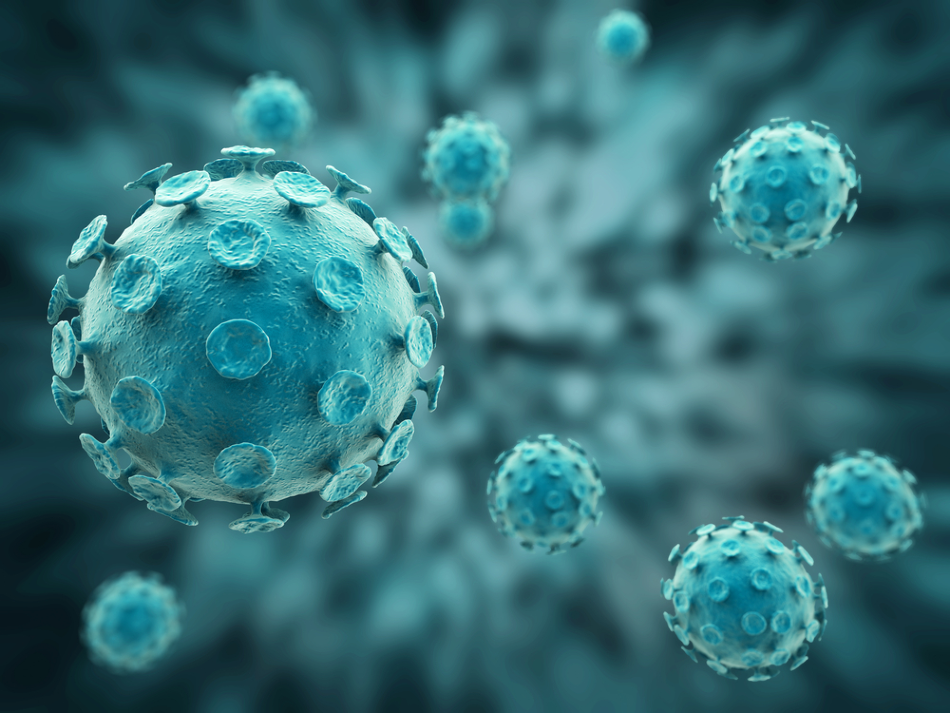
Image Credit: Peeradach R/Shutterstock.com
Nanobacteria are also called calcifying nanoparticles (CNPs) due to their mineralizing properties. In 1998, CNPs were discovered by Kajander and Ciftçioğlu in a seminal paper. Some researchers claim they are a new life form responsible for a wide range of diseases, while others say they are simply too small to be living organisms.
Nanobacteria: A Controversial Pathogen?
Nanobacteria are 100 times smaller than common bacteria. The main arguments for and against nanobacteria are as follows:
Arguments and Counter Arguments
Nanobacteria lack a properly sequenced genome, which leads some scientists to claim that they are non-living. However, some research has shown that they can self-replicate, which is a fundamental characteristic of living beings. Nanobacteria are reported as the smallest self-replicating form on earth.
A group of researchers argues that the minimum size to harbor all components essential to sustain life is approximately 50 to 200 nanometers in diameter. Therefore, according to this group of scientists, nanobacteria does not have the required size necessary to encapsulate all functional components essential to sustain life.
This point was countered by recent research. Mycoplasma laboratorium, a synthetic species of bacteria, can shrink its size below the proposed limitation and possesses all essential cellular components such as proteins and nucleic acid.
Characteristics of Nanobacteria
The main characteristic feature of nanobacteria is their more or less thick coating of apatite.
Apatite is made up of soluble calcium and phosphorus compounds present in the medium containing the nanobacteria. Under the influence of limited nutrient conditions, nanobacteria produce microscopic colonies that are enclosed by the above-mentioned thick coating of apatite. These colonies may become larger than 1 mm in size.
Nanoparticles have intrinsic nucleic acids. This suggests that it may have its unique replication and specific protein biosynthesis system.
The size of nanobacteria varies from 20 to 500 nm. The smaller ones are capable of passing through membranes with 100 nm pore size.
Click here for more information on nanoparticle characterization systems.
The shape of nanobacteria is often spherical or rod-like when observed through scanning electron microscopy or transmission electron microscopy.
Nanobacteria are resistant to immensely high temperatures, gamma irradiation, and salinity, while nanobacteria cause apoptotic cell death.
Distribution of Nanobacteria
Nanobacteria are detected in animal and human blood. It is also found in tissue culture, cell lines, and bile. Nanobacteria can also exist in Australian sandstones, stratosphere, and in meteorites.
The distribution of nanobacteria is generally studied based on the visualization of samples using scanning electron microscopy and transmission electron microscopy. Another method of determining the presence of nanobacteria involves examining their propagation in a cell-free medium.
The Pathogenic Role of Nanobacteria
Several studies have shown the significant role of nanobacteria in various diseases, particularly disorders associated with pathological calcifying processes.
Kidney Stones
Nanobacteria play a vital role in the formation of kidney stones. In 1998, Kajander and Ciftçioğlu first established the link between nanobacteria and the risk of nephrolithiasis. Their research revealed the presence of specific nanobacteria antigens in all of the studied kidney stones.
The research of Kajander and Ciftçioğlu involved the direct inoculation of nanobacteria into rat kidneys, resulting in the development of stones. However, no stone formation was observed in the control rat kidney. Nanobacteria are also found in the human kidney and kidney cyst fluids.
Periodontal Diseases
Periodontal diseases are associated with gum inflammation that results in gingivitis and periodontitis. Formation of dental plaque, where a large number of microorganisms are accumulated on the tooth surface, is the chief cause of many periodontal diseases. Calculus (mineralized dental plaque) occurs if this accumulated plaque is not removed from the teeth surface. Nanobacteria may have an essential role in the formation of calculus.
Detection and Treatment of Nanobacteria
Nanobacteria are immunogenic. NanoBac Oy, Kuopio, Finland, has developed the kits for the detection of their antigen or antibodies.
Nanobacteria are highly vulnerable to numerous chemotherapeutic agents. These include:
- 5-fluorouracil
- Trimethoprim
- Nitrofurantoin
- Cytosine arabinoside
- 6-aminocaproic acid
- Trimethoprim-sulfamethoxazole
- Potassium cyanide
- Sodium azide
These chemicals inhibit the biosynthesis of proteins and nucleic acids. These agents can also suppress the function of the respiratory enzyme.
Nanobacteria and Medicinal Research
Although the study of nanobacteria is a relatively new field of study in medicine, it has helped unveil the mechanism of biogenic mineralization or calcification. It has also helped us understand self-replicating particles better.
The impact of different physiological conditions to accumulate calcium and phosphate is now well comprehended. Researchers can also bridge a gap between the etiological factors in some systemic cardiovascular and renal diseases with periodontal diseases. The pharmaceutical industry has been advised to invest in the production of vaccines, blood, and blood derivates that are guaranteed to be free of nanobacteria. The argument of whether nanobacteria are living or nonliving should not overshadow the crucial importance of nanobacteria, especially in the field of medicine.
Reference and Further Reading
Yaghobee, S., Bayani, M., Samiei, N. and Jahedmanesh, N. (2015). What are the nanobacteria? Biotechnology & Biotechnological Equipment. 29:5, 826-833.
Urbano, P. and Urbano, F. (2007) Nanobacteria: Facts or Fancies? PLoS Pathog 3(5): e55.
Kajander, E., Ciftcioglu, O., Miller-Hjelle, N., Marcia A. and Hjelle, J. (2001). Nanobacteria: controversial pathogens in nephrolithiasis and polycystic kidney disease, Current Opinion in Nephrology and Hypertension. 10, 3, 445-452.
Disclaimer: The views expressed here are those of the author expressed in their private capacity and do not necessarily represent the views of AZoM.com Limited T/A AZoNetwork the owner and operator of this website. This disclaimer forms part of the Terms and conditions of use of this website.